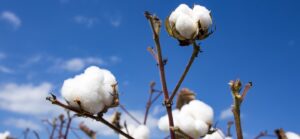
COVID-19 : Impact on the Textile Economy & Strategic Priorities During & After the Lockdown
Textile mills must make efforts to understand the changing global context and consider macroeconomic indicators while formulating operations strategies. This article is an effort to highlight the source and kind of economic indicators that must be observed to gain insights in to the evolving market context.









